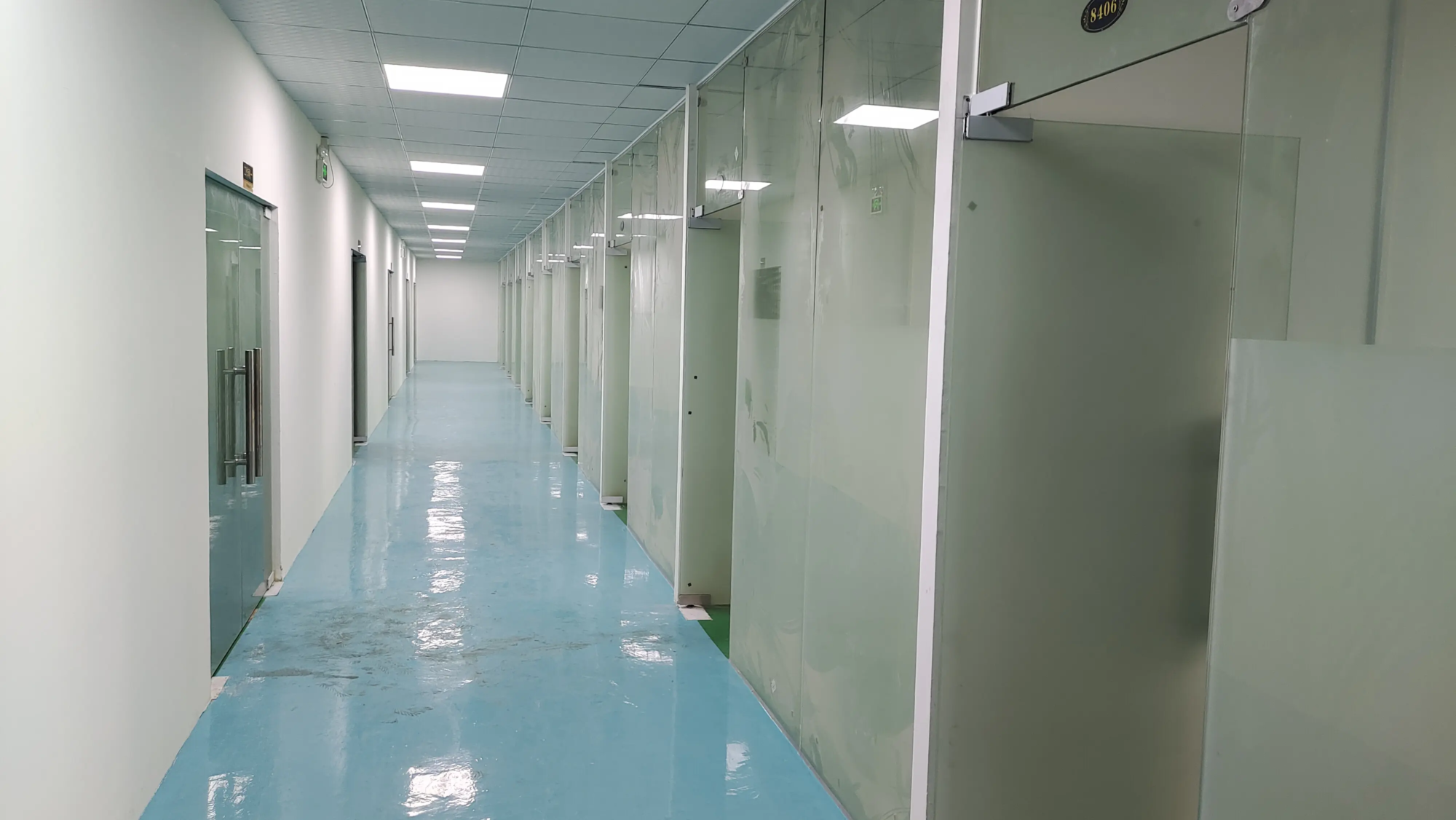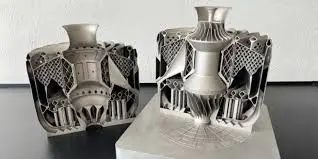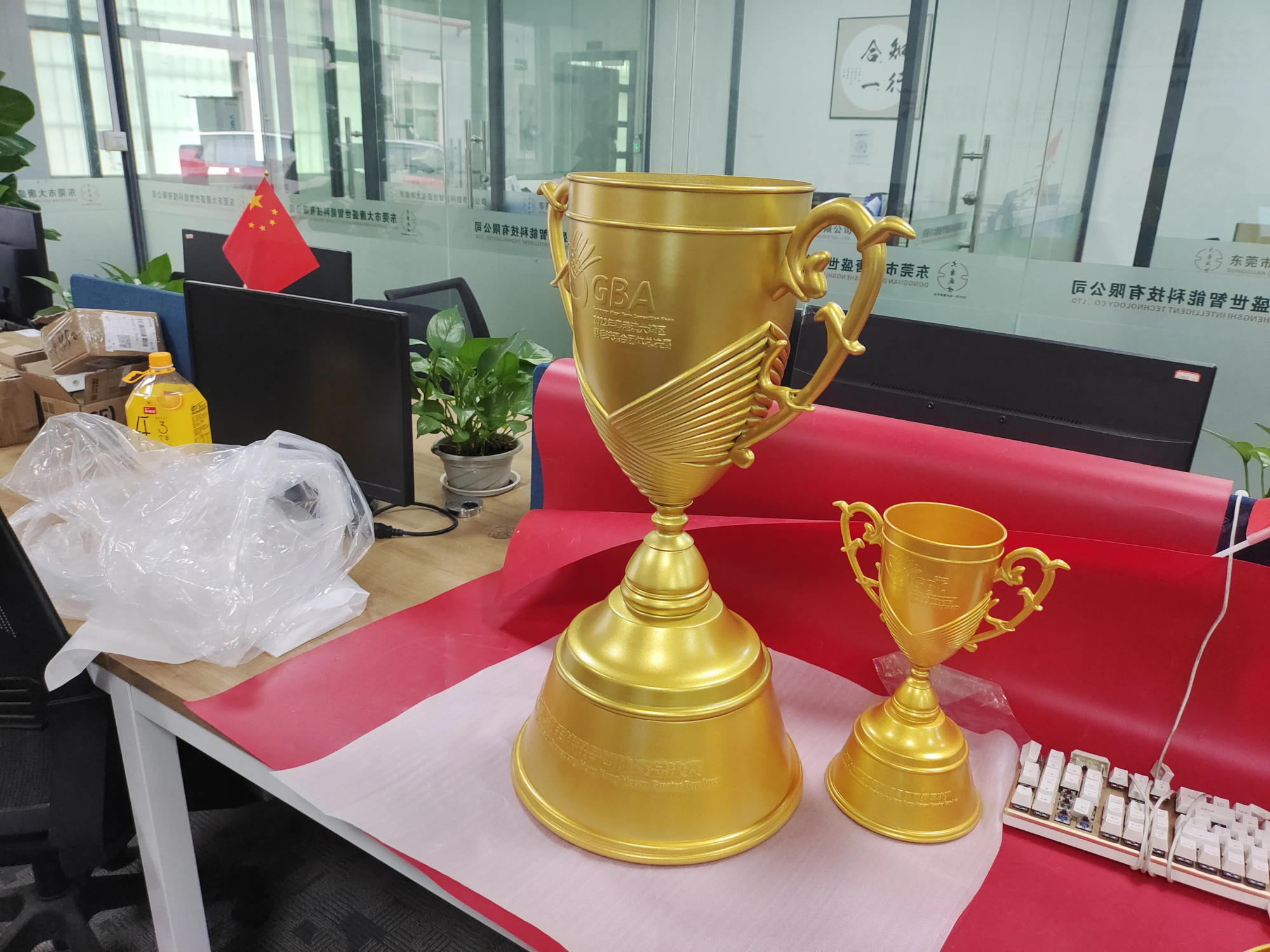Why 3D print your own tackle box? The Revolution of DIY anglers
Tired of store-buyed tackle boxes that aren’t very suitable for your gear, quickly breaking or lacking tissue? As 3D printing becomes easier to use, a new world of customization and durability for fishing enthusiasts is opening up. Creating your own 3D printed tackle box is not only a fun DIY project, but also an opportunity to be a perfect storage solution tailored to precisely tailor your Bait, hooks, lines and tools. Let’s dive into how to design, print and assemble a stronger, smarter and unique tackle box.
Designing the perfect tackle box: Key considerations
Before pressing Print, plan the following key elements:
-
Size and carriage layout:
- Measure your longest rod and largest bait to set the box size.
- Design variable compartment: Used for the larger portion of the spoon/clutch, narrow tray for hook/sink, and removable tray for versatility.
- Include drain holes at the bottom to prevent water from building up.
-
Material selection:
- PLA: Beginner friendly, but can be softened in hot car. Avoid under high heat conditions.
- PETG: It is gas resistant, stronger than PLA, and has better resistance to UV rays. Ideal for marine environments.
- Nylon/ABS: Excellent durability, water and heat resistance – requires closed printers and expertise.
Expert tip: For salt water fishing, corrosion-resistant materials are preferred.
- Structural features:
- Wall thickness: 2.5–4 mm wall ensures rigidity. Add ribs or fillets to increase strength.
- Interlocking joints: Design tongue slots to securely stack trays.
- Latch mechanism: Integrated snap buckle or hinge pin for a reliable seal.
Step by step DIY guide
Step 1: Design in CAD Software
Use tools like Fusion 360, Tinkercad, or Onshape. Add compartment walls from base plate ▶ch ▶ Create a cover with a dangled cover. Export as .stl.
Step 2: Slice Settings for Optimization
- filling: 15–30% (triangle or ability balance strength/weight)
- wall: 3–5 for waterproofing surroundings.
- Layer height: 0.2mm for a smooth finish.
- Printing direction: Arrange parts to maximize layer adhesion (for example, print hinge parts vertically).
Step 3: Print and Monitor
- Dry the silk in advance to prevent bubbling.
- Use edges or rafts for twisting hair-easing materials, such as ABS.
- Check regularly for prints to change layers or bubbling.
Step 4: Post-processing
- Grinding: Start with 120 particle size → 400 particle size sandpaper.
- smooth: Apply epoxy or XTC-3D for waterproofing.
- gather: Use a hinge, magnet or pin to capture the tray together. Add the rubber seal with the watertight cover.
Upgrade: Professional Metal Solutions
For anglers in need extreme Durability or demanding reliability in conditions, metal tackle cases offer unparalleled performance. Although printers used to consume plastics are common, Professional metal 3D printing (like SLM-Selective Laser Melting) Create a lifetime-designed corrosion-resistant, impact-resistant toolbox.
The company likes it Great Specializing in turnkey solutions:
- Print a custom tackle box design using alloys such as stainless steel or aluminum.
- Add a removable tray with precise latch.
- Professional post-treatment for application: bead blasting, deep polishing and even Teflon coating.
- Provides production-grade parts that are ideal for commercial fishing or extreme adventure.
Greatlight not only handles complex designs, but also offers rapid prototype + mass production, which is feasible for custom tackle startups or hardcore Diyers that require industrial resilience.
in conclusion
3D printing democratizes tackle box design: no more compromises in terms of layout or durability. Whether you print on a desktop or outsource to pioneers like Greatlime in titanium, you can control every hook slot and hinge. Plastic prints are perfect for prototyping or fresh water use, but if you need a waterproof can with salt water, metal printing solutions bridge the gap between DIY and professional gears. Test your next design and never lure the wrong tackle box again.
FAQ: Your 3D printed tackle box question, answer
Q: How do 3D printed plastic tackle boxes waterproof?
A: **Standard plastic prints (PETG/nylon) have proper seals to withstand rain or splashes. For immersion, apply marine grade epoxy to the sealed pipeline to ensure it can come in contact with the bait to ensure its safety. Metal prints are waterproof by nature.
Q: How much weight can a 3D printed box hold?
A: ** PETG/nylon design handles most fishing loads with strong walls (≥3mm) and 30% fill. Avoid dropping weights of over 5 kg to thin sections. The metal printed version supports industrial use (> 100kg).
Q: Which filaments are most resistant to UV/salt?
A: ** PETG is the top-notch home printing. ASA or nylon (if annealed correctly) is also robust. Metals (aluminum/Ti alloys) are corrosion-proof faults.
Q: Can I print a foldable tackle tray?
Answer: **Absolutely! Design tray with snapshot seams or layered compartments. Flexible hinges can be printed with TPU silkscreen.
Q: How to fix the lid?
A: **Use 3D printed buttons, magnetic stripes or spring hinge pins. For metal boxes, a stainless steel latch mechanism is integrated.
Q: Why choose metal 3D printing on plastic?
one: Metal tackle boxes resist puncture, corrosion, crushing and UV/thermal damage. Ideal for professionals, boat rentals or extreme anglers. The Service Bureau likes it Greglight ** Optimizes unrivalled lifespan design and post-processing.
Q: Are 3D printed boxes cheaper than shop-buyed?
A: ** When printing yourself, the cost of DIY plastic versions is reduced by about 50%. When customized, prefabricated metal boxes are highly competitive and have high-end equipment.
Q: Is Greatlight printing patented/fragile design?
Answer: **Yes. Their SLM printers handle geometric shapes that are traditionally unprocessable. Design overhangs, hollow parts or integrated labels without adding assembly.
Upgrade the fishing rig with super personalized storage. Design yourself – and then make it indestructible.





